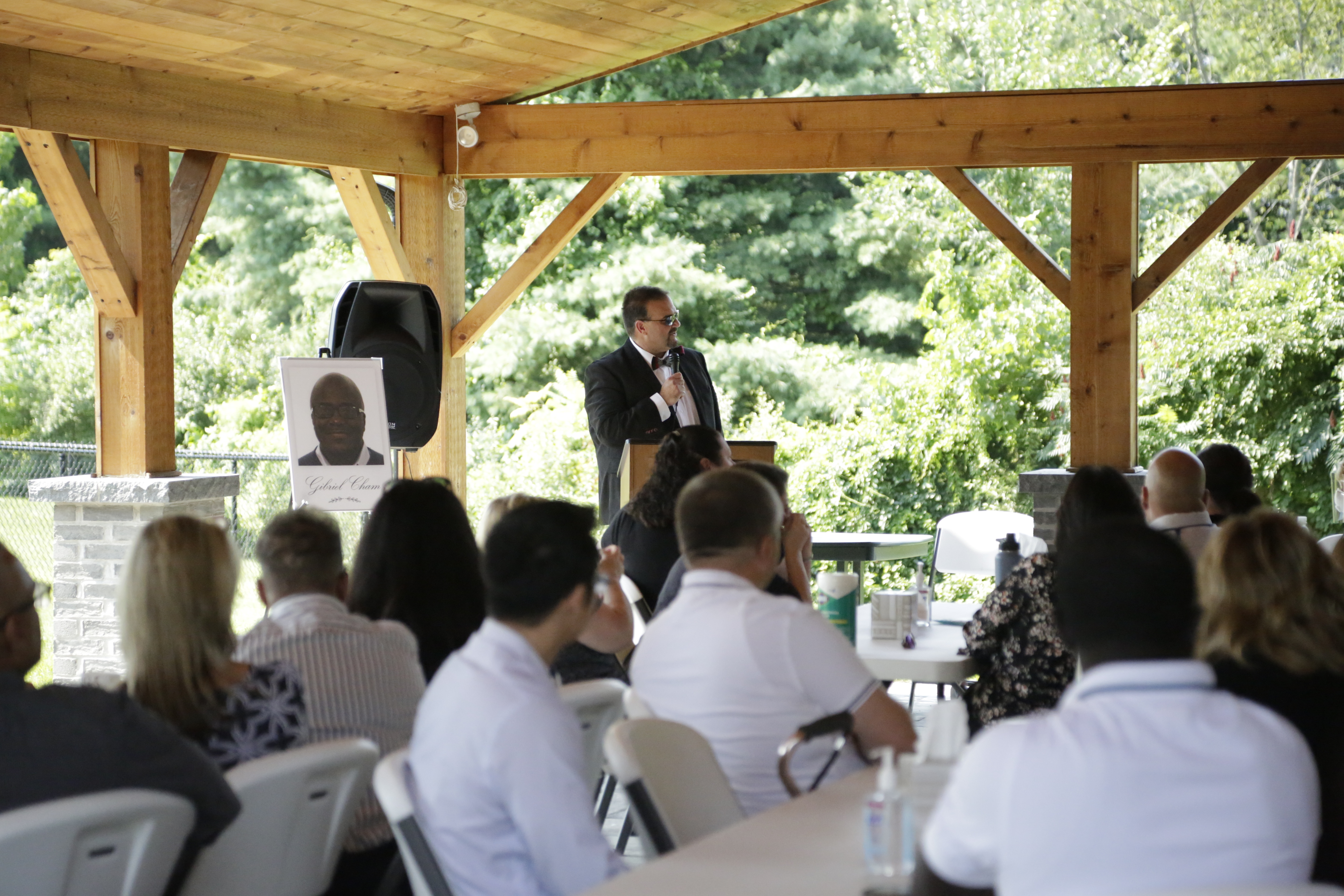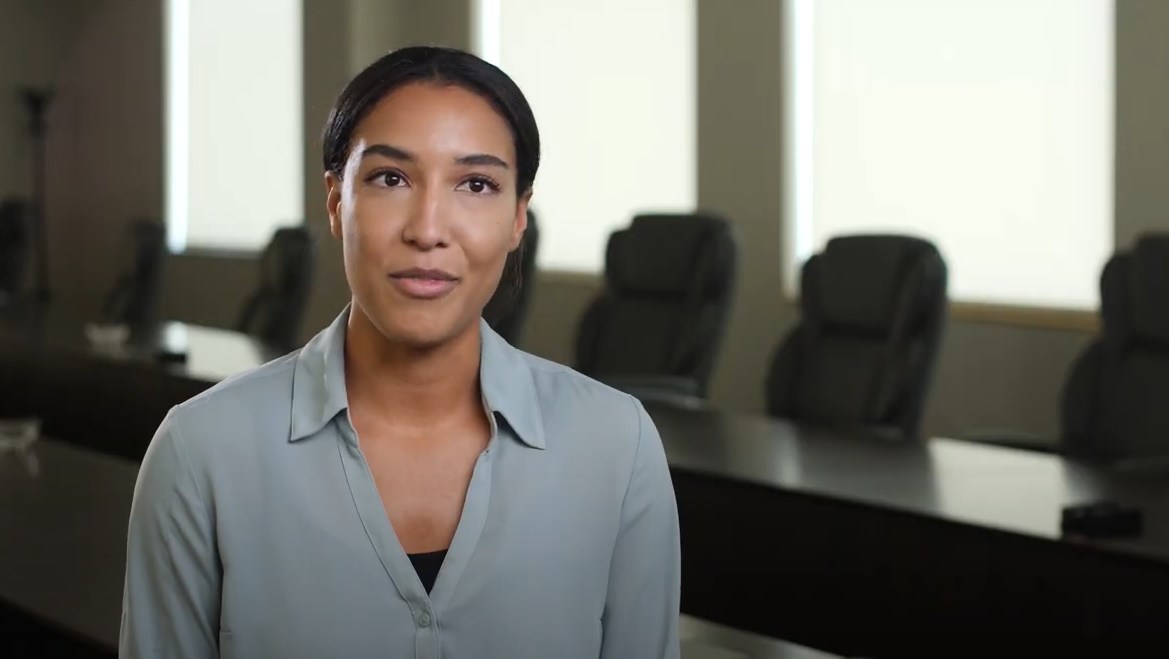Emergency pull cords are a common feature in multifamily housing, installed throughout units as a safety precaution for residents who may need emergency assistance. But if a pull cord system is improperly maintained or monitored, it can endanger residents by providing a false sense of comfort.
"Housing organizations should ensure that emergency pull cords are functioning, tested, and monitored by a third party with a solid contract in place so emergency services can be notified if a cord is pulled," said Elizabeth Owens, HAI Group's director of risk control and consulting.
What can go wrong with emergency pull cords?
What happens if a resident in need of emergency assistance uses a pull cord, but there's no one on the other end to acknowledge the call and send help? It's difficult to imagine such a scenario, but it's not without precedent, and the results can be tragic.
According to a lawsuit filed in 2010, a man living in an apartment complex in Oregon pulled emergency cords in two different rooms inside his unit, but there was allegedly no response. He was found dead by his daughter the next day.
A separate lawsuit alleged a similar incident at the same complex in 2004. A woman died after she pulled an emergency cord in her unit, and no one responded to provide aid. The lawsuit alleges the building's pull cords were intentionally disabled due to prior false alarms, but the resident wasn't aware. Instead of calling 911, the pull cord turned on a light in the manager's office, but there was no manager on duty to see the light, the lawsuit states. The lawsuit alleged that the resident never dialed 911 because she expected to receive assistance after pulling the cord.
HUD guidance on pull cords in public housing
According to the latest guidance issued by the U.S. Department of Housing and Urban Development, public housing agencies aren't required to install emergency call systems.
"There is no programmatic requirement for [public housing agencies] to install emergency call systems such as call-for-aid pull cords, or modern wireless electronic notification system technology in any public housing property, including properties that are occupied by the elderly or disabled or designated for occupancy by disabled, elderly, or disabled and elderly households," the guidance states.
-jpg.jpeg?width=510&height=323&name=GettyImages-1212280181%20(3)-jpg.jpeg)
In addition, any agency that chooses to install or maintain an emergency call system is free to determine the type of system.
"[HUD] does not prescribe which type of emergency call systems [public housing agencies] should use when they are present in the respective properties," the guidance states.
While HUD doesn't require emergency call systems, they may be required as reasonable accommodations under the Rehabilitation Act, the Americans with Disabilities Act, and the Fair Housing Act.
"We strongly recommend consulting with legal counsel or an appropriate subject matter expert if you're unsure whether these reasonable accommodation requirements apply to your agency," Owens said.
Emergency pull cord systems are subject to REAC inspection protocols
If an agency has pull cords or similar call systems in place in a public housing property, the systems must meet HUD's physical condition standards and inspection requirements.

According to HUD's guidance, emergency pull cords are subject to Real Estate Assessment Center (REAC) inspection protocols and must be tested. There's no inspection requirement for personal medical alert devices, such as those worn around the neck or wrist.
"Regardless of where the call-for-aid pull cords are placed, cords must be accessible," HUD notes in its guidance. "If a call-for-aid pull cord is inaccessible, or one of the system components (light, buzzer, or notification signal/annunciator board) does not function as intended when tested, this is cited as a Level 3 non-life-threatening health and safety deficiency."
Bottom line: Remove or repair obsolete emergency pull cord systems
If a pull cord system is no longer in use, it should be removed to avoid potential confusion (seek advice from your legal counsel before removing the system).
"Emergency pull cords that don't serve their intended function, such as notifying on-site or off-site personnel, are a serious liability," Owens said. 
According to HUD's guidance, components of an obsolete pull cord system that aren't removed are still subject to REAC testing and will be marked as a deficiency if the system doesn't function as intended.
An emergency pull cord system meets HUD's standards if it works as intended, sounds an alarm to summon help from an intended source, and is available in each bathroom and bedroom of the intended unit.
If the system is taken offline for any reason, provide residents with advanced notice and urge them to call 911 in case of an emergency.
Contact our Risk Control and Consulting team for more resources and answers to your housing organization’s risk-related questions.
Interested in Working With HAI Group? Our Account Services team is ready to assist you.
This article is for general information only. HAI Group® makes no representation or warranty about the accuracy or applicability of this information for any particular use or circumstance. Your use of this information is at your own discretion and risk. HAI Group® and any author or contributor identified herein assume no responsibility for your use of this information. You should consult with your attorney or subject matter advisor before adopting any risk management strategy or policy.
HAI Group® is a marketing name used to refer to insurers, a producer, and related service providers affiliated through a common mission, management, and governance. Property-casualty insurance and related services are written or provided by Housing Authority Property Insurance, A Mutual Company; Housing Enterprise Insurance Company, Inc.; Housing Specialty Insurance Company, Inc.; Housing Investment Group, Inc.; and Housing Insurance Services (DBA Housing Insurance Agency Services in NY and MI).

.jpg)





